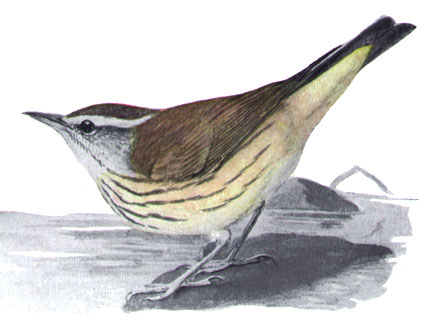Facts About Louisiana waterthrush
The Louisiana waterthrush is a species of New World warbler that inhabits streams and wetlands across eastern North America during the breeding season and migrates to the West Indies and Central America for the winter. Identifiable by its plain brown back, white underparts with black streaks, buff-colored flanks, and distinctive undertail, this bird is a unique sight.
In the spring and summer, the Louisiana waterthrush can be found throughout eastern North America, with the exception of Florida and coastal regions. Come winter, it relocates to the more temperate climates of Central America and the West Indies. As one of the earliest migratory birds, it often returns to its breeding grounds in late March or early April, and departs as early as July. It is the largest wood warbler, measuring approximately 14 to 17 centimeters in length.
The male Louisiana waterthrush is known for its distinctive song, which begins with a series of descending notes followed by a warble. This bird is also noted for its characteristic tail bobbing, similar to that of the northern waterthrush. The Louisiana waterthrush favors breeding in wet woodlands near running water, where it constructs nests from late May to mid-June. Its diet primarily consists of aquatic insects, mollusks, and crustaceans, which it forages in running streams.
Unfortunately, the population of the Louisiana waterthrush is declining due to habitat loss, pollution, and environmental changes such as stream channelization and damming. They are especially vulnerable to habitat fragmentation caused by timber harvesting, agriculture, and urban development. In Canada, they face additional risks from a reduction in insect prey, alterations in water supply, and habitat degradation due to logging and climate change.

 United States
United States